People often think that cricket flour and cricket powder are the same ingredients. However, you might be surprised to learn that these two terms, which seem quite similar at first, actually have very different meanings!
Cricket powder is milled from whole crickets, so it has a nutritional profile high in protein, vitamins, minerals, and other nutrients. On the other hand, flour is a powder ground from grains and has a very different nutrient composition than that of cricket powder. If you’re confused, don’t worry, we’ll be explaining the differences in this article!

The term flour refers to the powder made from certain types of cereals and legumes. Although different types of flour have some degree of variation at a chemical and nutritional level, they all share similar characteristics. The main similarity comes from the primary constituent of flour: starch. Starch is a carbohydrate that is made up of many glucose units joined together. It is extracted from agricultural raw materials and is the most important carbohydrate in the human diet because of its prevalence in everyday foods such as potatoes, rice, wheat, and more.
Flour is most commonly made from wheat, but can also be made from corn, rye, barley, rice, and many other grasses and even non-grain plants. About 80% of the total proteins in flour are gliadin and glutenin, forming what is commonly referred to as gluten. The protein composition of flour is the most important determinant of its functional properties as it gives wheat flour its elastic texture when mixed with water. Gluten is extremely important in many baked goods, especially bread, as it helps dough rise by trapping gas bubbles during fermentation, giving baked goods their unique chewy texture.
You may have heard of the gluten-free diet trend, which has become one of the most popular diet trends in America. However, contrary to popular belief, there are zero health benefits to eating a gluten-free diet for most people, as only 1% of the population have an intolerance to gluten. Although some are sensitive to gluten, it is difficult to really evaluate the degree of severity. You should consult with a dietitian before deciding to follow a gluten free diet, as this kind of diet can cause diverse deficiencies.
Cricket powder is different as it is made completely from crickets! Therefore, its nutritional and chemical properties are greatly different than that of classic flour. Cricket powder is naturally gluten free, as there are no wheat proteins present, and provides a whole array of nutritional benefits! When baking, you can generally substitute ¼ cup to ⅓ cup cricket powder for every 1 cup grain-based flour. Cricket powder is often combined with traditional flour to make cricket flour, increasing the protein and nutritional content of a recipe. For example, the oatmeal raisin cookies shown below are made by replacing a third of regular flour with cricket flour! Additionally, you can combine cricket powder with a non-gluten flour, such as oat flour, if you wish to have a completely gluten-free product.

The possibilities of cricket flour are endless as it can be incorporated into almost all recipes! At Näak, we made the choice of using it in our tasty Ultra Energy™ bars, which were created for ultra endurance athletes looking to redefine what is physically possible! Try some out here!























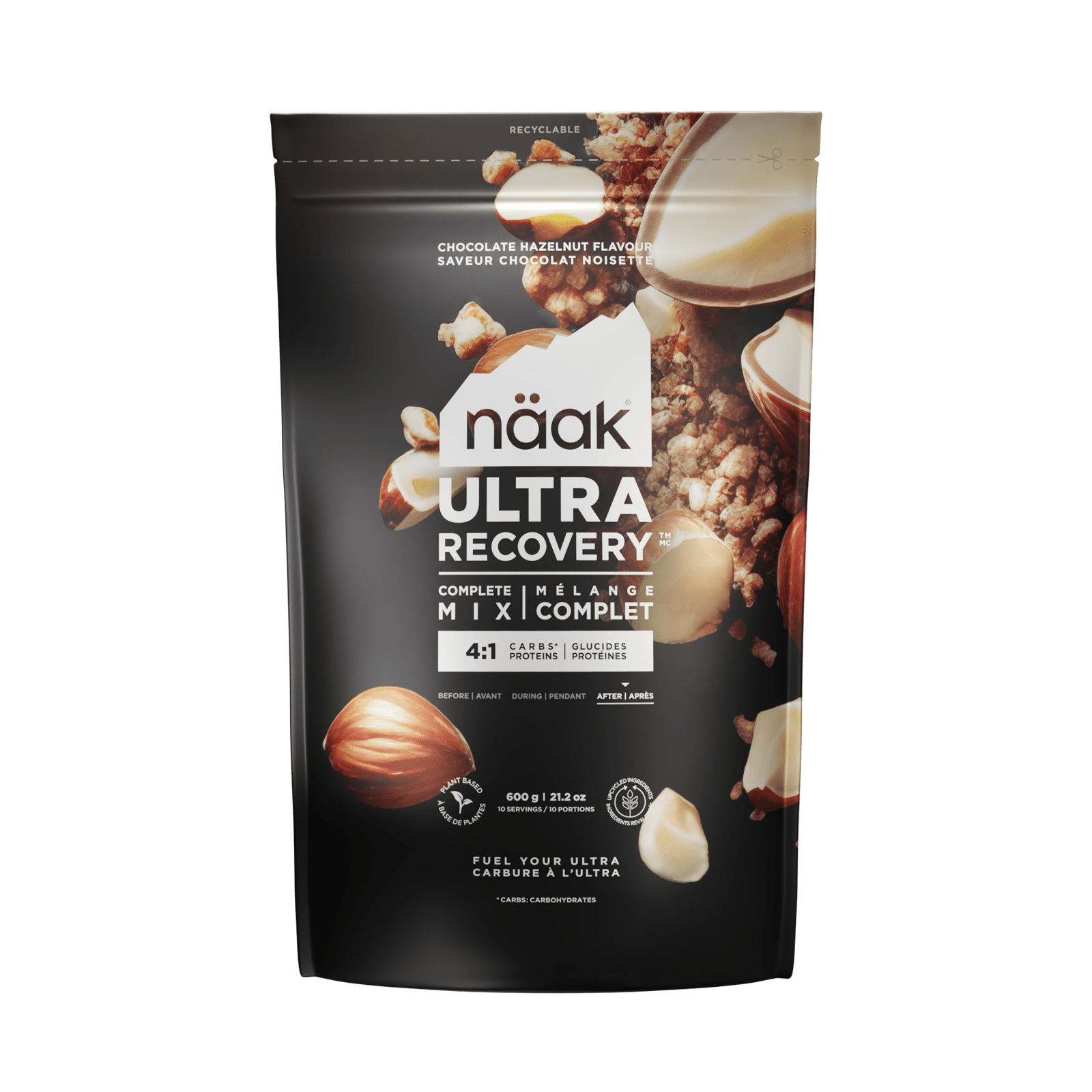
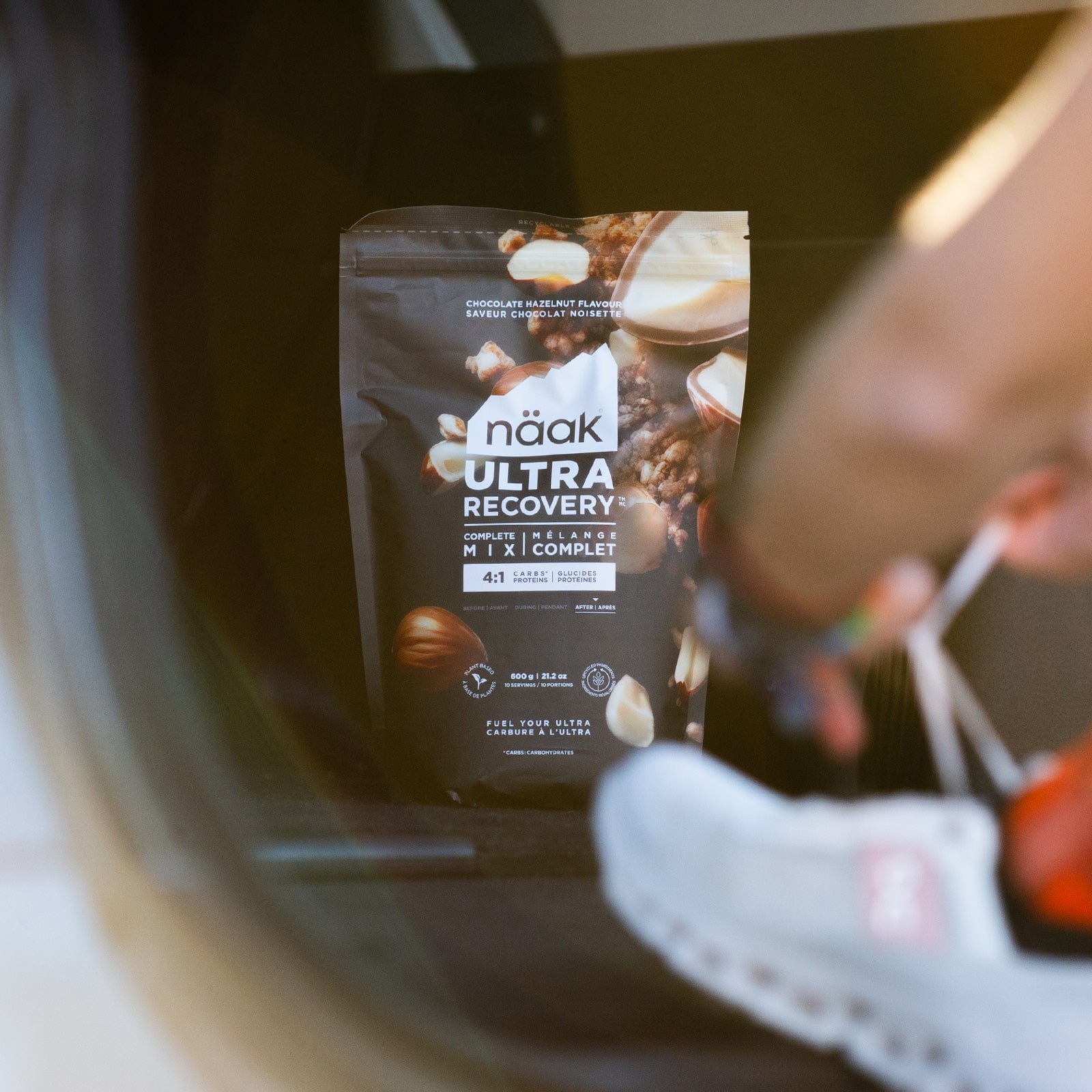
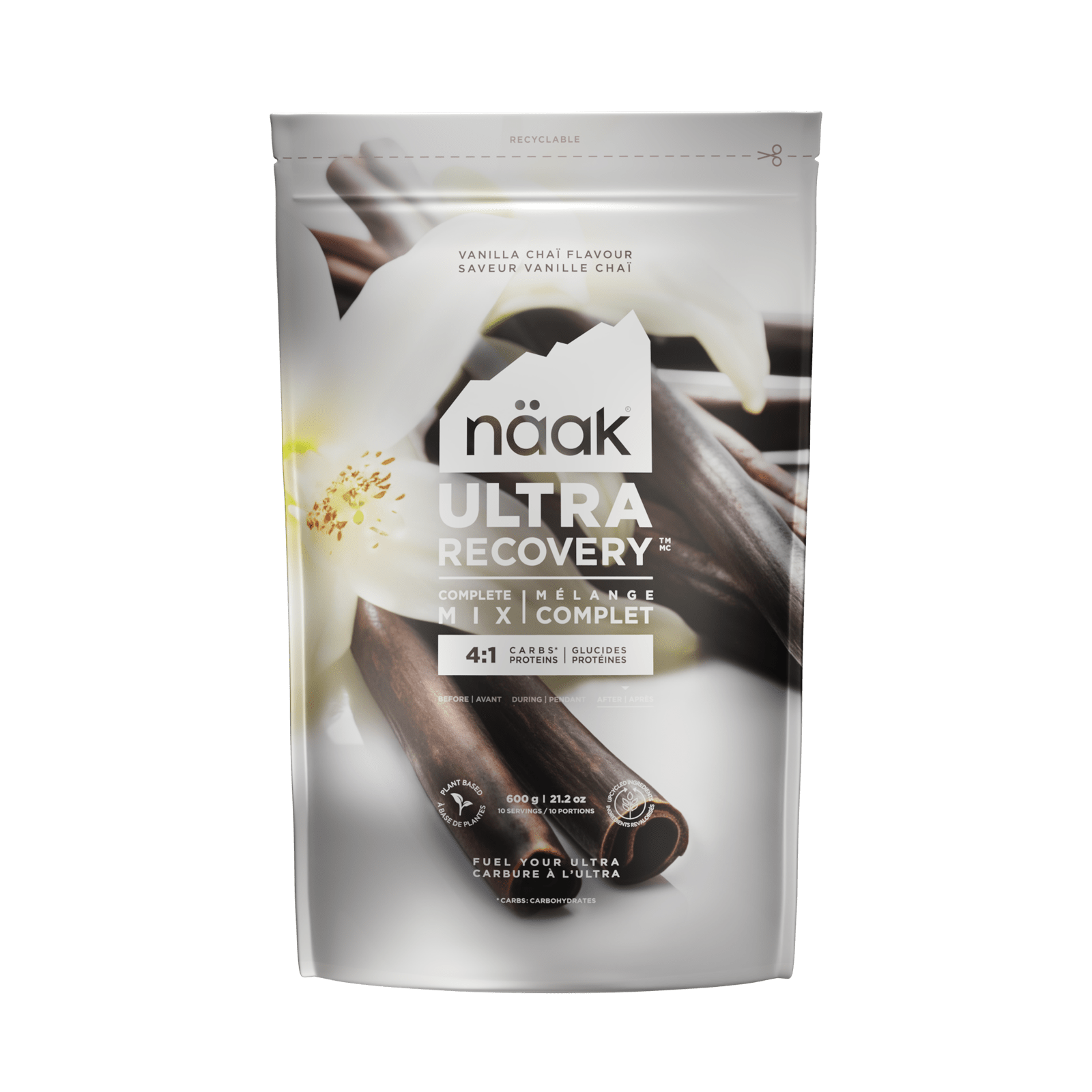
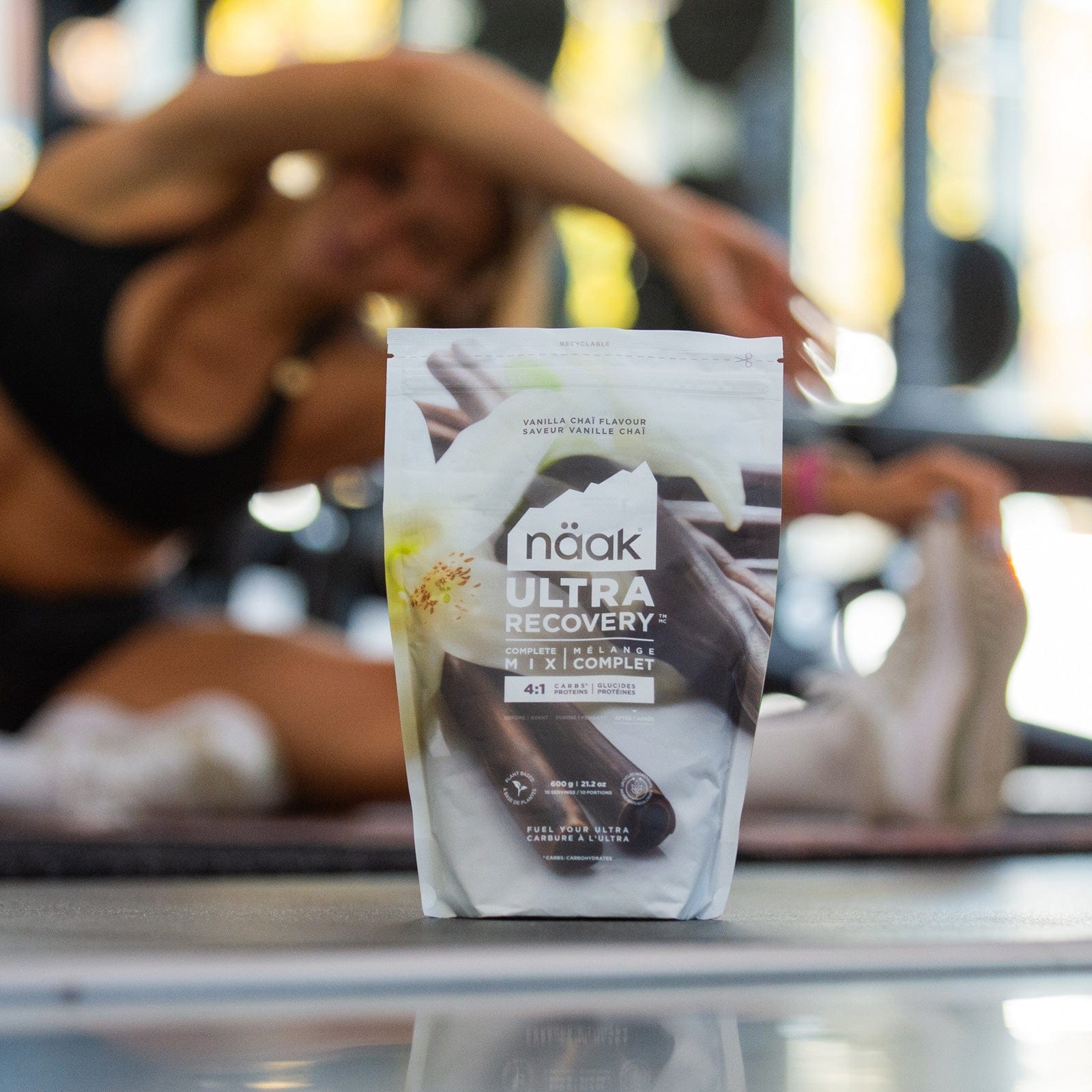


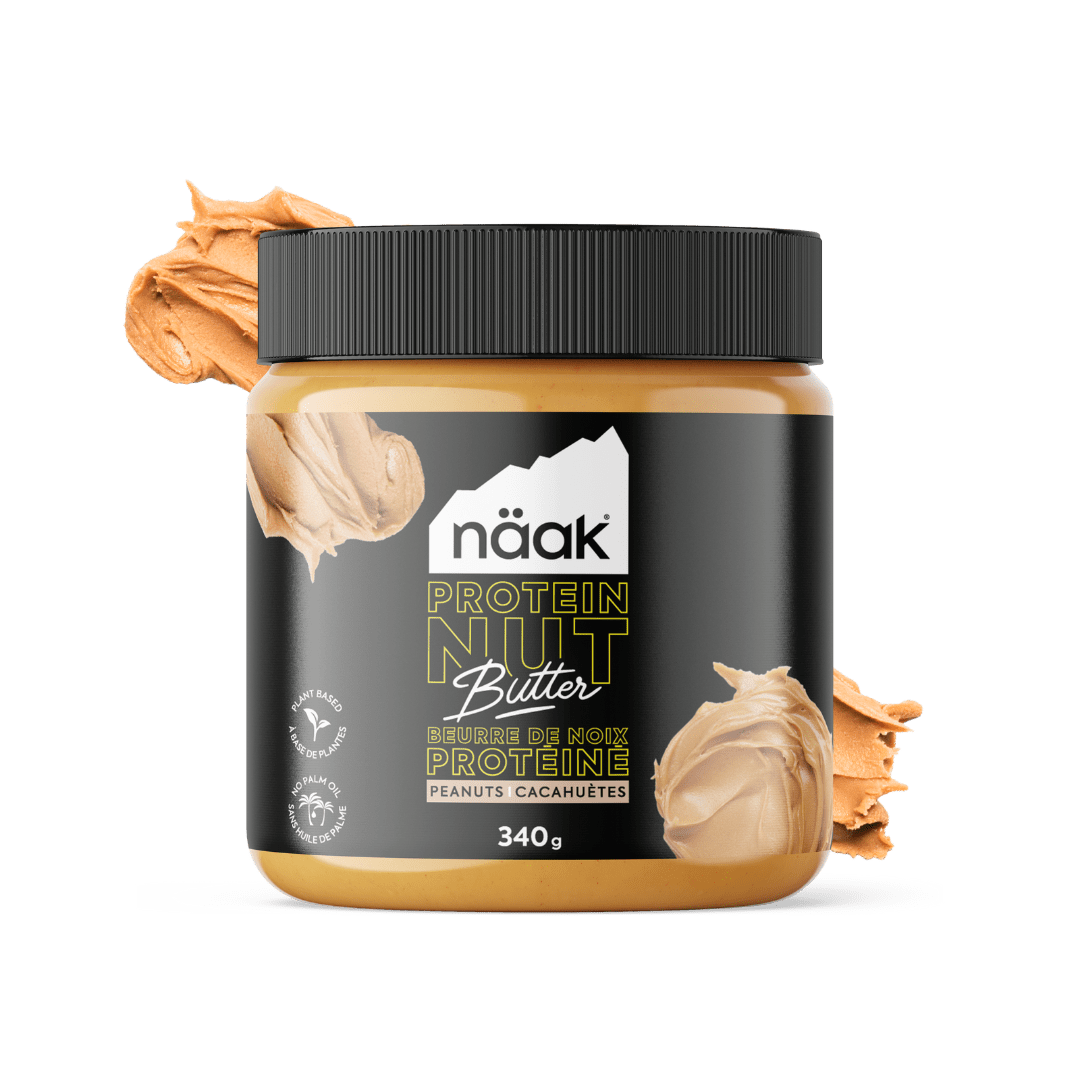
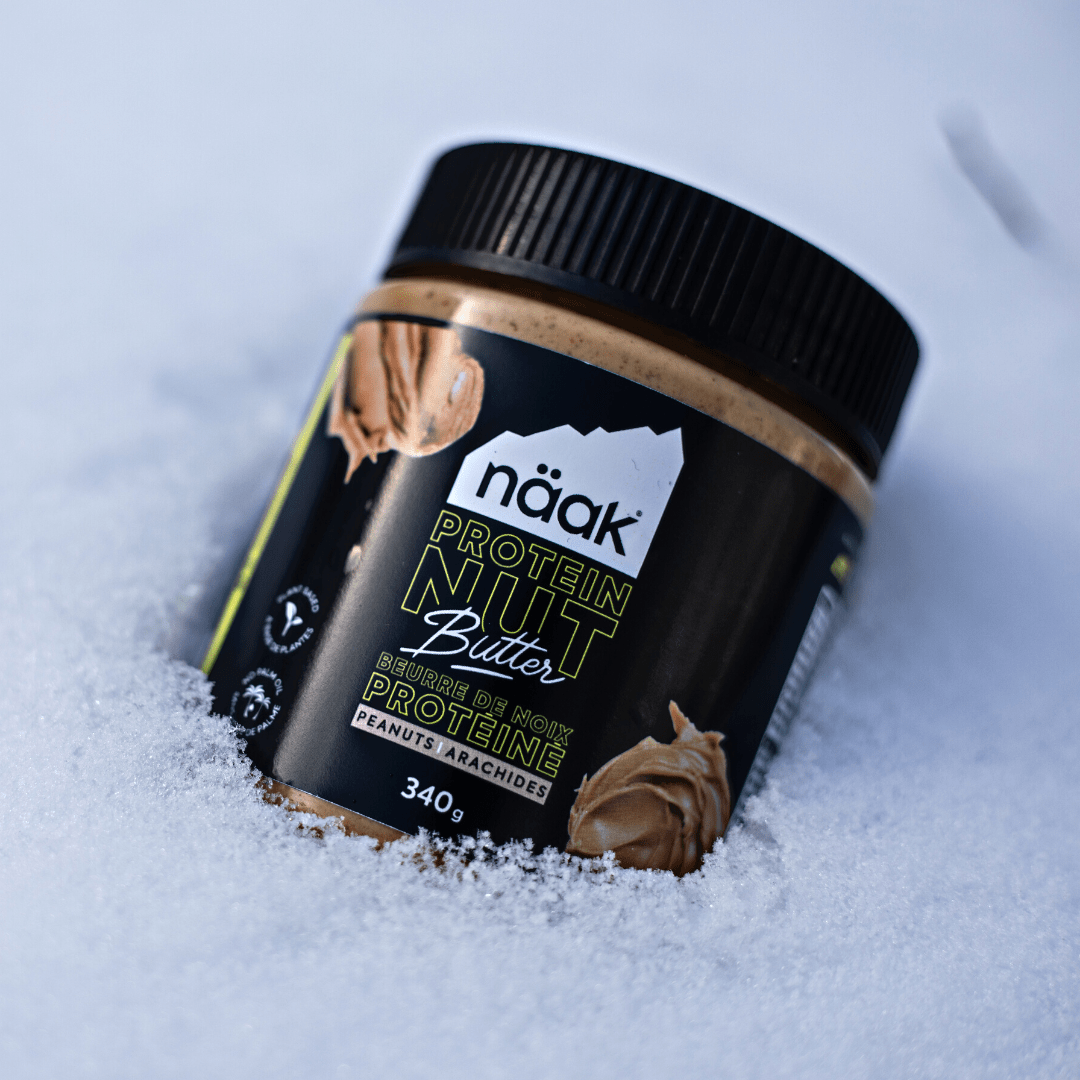
Leave a comment (all fields required)